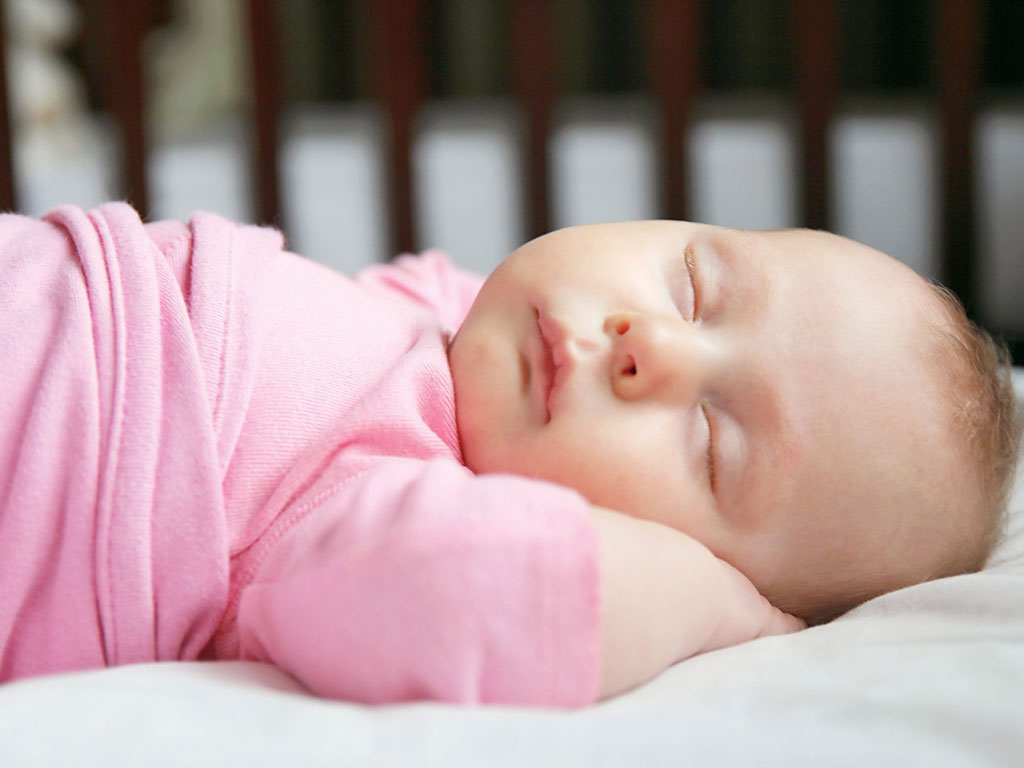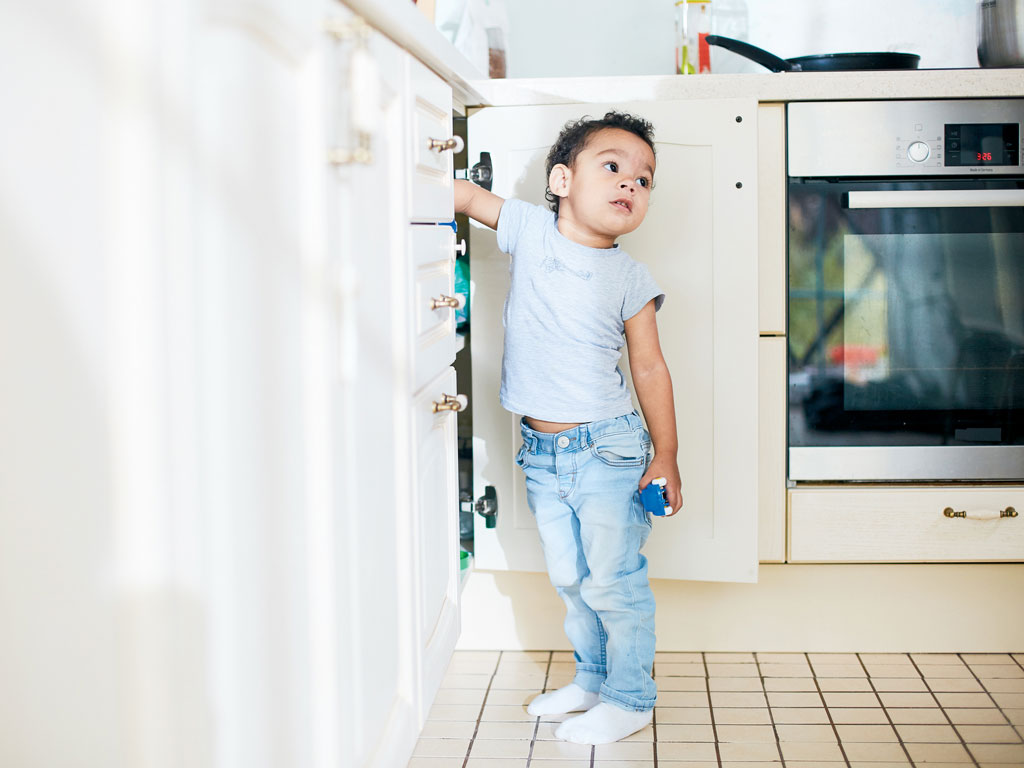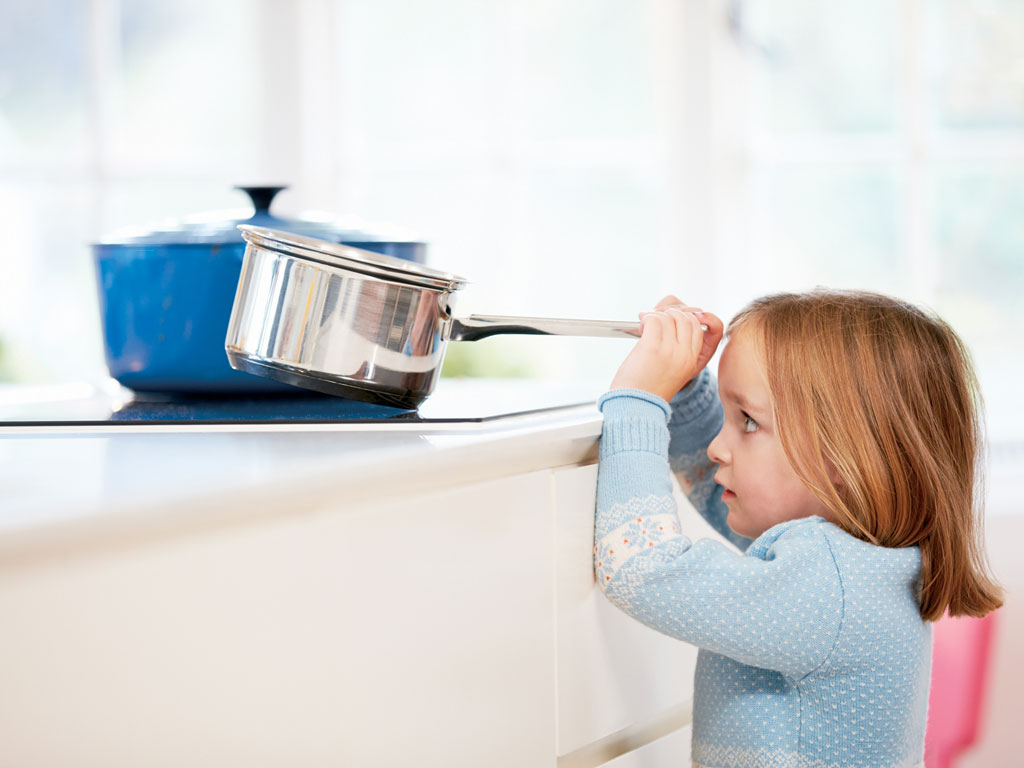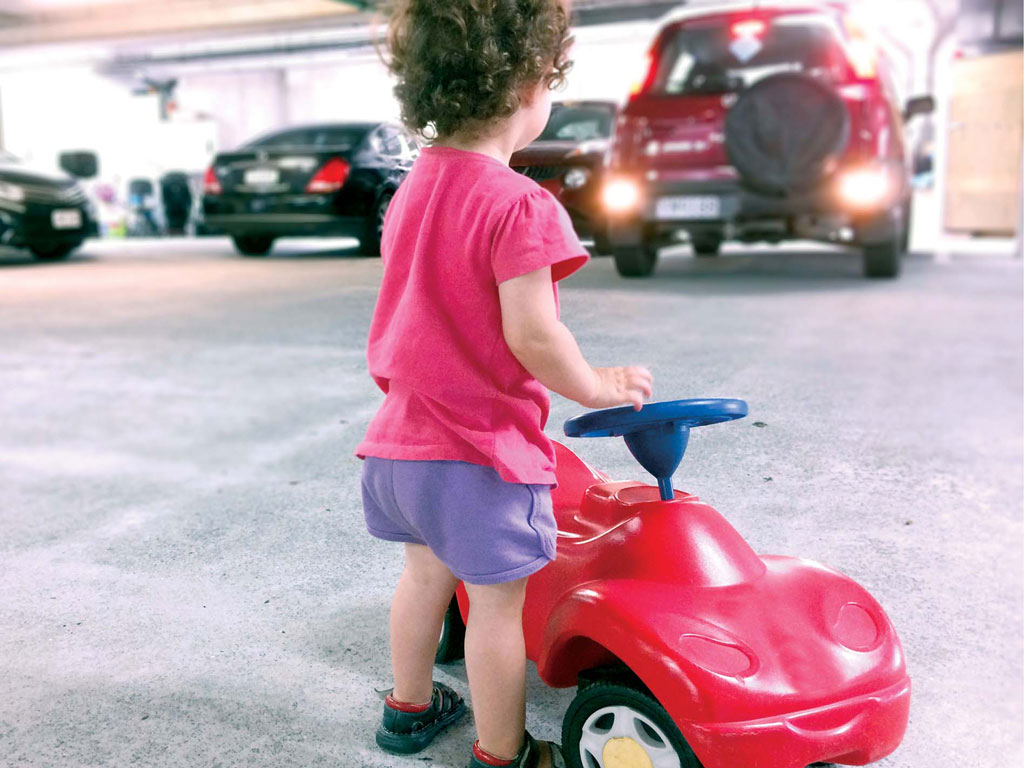by Max Vercruyssen PhD, Lillian Vitor MS, and Donna Mah MD
Hawaii Academy, Honolulu
In Hawaii, preventable injuries are responsible for death and disability in keiki ages 1-17 more than all other causes combined. These are shocking statistics, but the good news is that unintentional injuries are predictable and preventable. Through risk factor awareness, parents, caregivers, teachers and coaches are in a unique position to ensure children’s safety.
According to the National Institutes of Health (NIH), the six most common childhood injuries nationwide are motor vehicle accidents, drowning, suffocation, poisoning, burns, and falls.
1. Motor Vehicle Accidents
In the United States, motor vehicle accidents are the leading cause of death in children between the ages of 5 to 19. Emergency rooms around the country see almost 150 children per hour with serious injuries resulting from a motor vehicle accident. Young children are at great risk of sustaining life-threatening vehicle injuries. A recent report in the Journal of Pediatrics reported that 43 percent of children who perish in car crashes aren’t properly restrained. The American Academy of Pediatrics (AAP) guidelines direct parents of children under the age of two years to place them in a rear-facing car seat and to keep children in car seats through the age of four. Children should use belt-positioning boosters through the age of 8 and anyone under the age of 13 should ride in the back seat.
Aside from ensuring that children are properly restrained, parents of teen drivers have additional safety concerns once their teen gets behind the wheel. In Hawaii, motor vehicle accidents are the number one cause of non-fatal injuries among teens. Although not life-ending, non-fatal injuries resulting from vehicle collisions can lead to life-altering disabilities. Parents of teen drivers can lead by example by being a safe driver themselves. Avoiding texting and other distractions while driving is a great way to show teens how to drive responsibly. Additionally, talking to teens about safe driving habits and setting clear expectations for driving behavior can be helpful.
2. Suffocation / Sleep-Related Deaths
The most common cause of death due to suffocation among infants resulted from the baby getting wedged in the bedding against the crib wall or between the crib slats. Placing the infant facedown on soft bedding is also cited as another reason for suffocation. In children older than one, getting tangled in cords or strings, or getting stuck in a collapsed playpen, also pose a great risk of suffocation.
To minimize the chances of such a tragic event occurring, soft and fluffy bedding and toys should be removed from the baby’s sleeping area. Many specialists recommend placing babies on their backs while they sleep. The latest AAP guidelines counsel parents to sleep with the babies in the same room, but in a separate safe sleeping area, such as a crib or bassinet, at least during the first six months of life. Babies should spend time on their tummies while they are awake, but the safest position for a sleeping infant is on their back. Cribs and playpens must be checked to make sure that they are correctly assembled to avoid collapse, and only the original crib mattress should be used to guarantee proper fit and reduce the chances of the baby getting wedged between the mattress and crib wall. Additionally, to prevent entanglement, cords or strings should be cut or removed from around the infant’s crib or playpen area.

3. Drowning
Drowning is the number one cause of death in children between the ages of 1 and 4 years old. The ocean has an unquestionable allure, but all water – including pools and even bathtubs – can be dangerous to children who are improperly supervised. When children are playing in water, caregivers have to stay close to their children. The AAP states that poolside supervision is not enough to ensure a child’s safety because a submerged child can drown quietly without a caregiver noticing. AAP drowning prevention guidelines recommend caregivers of children under the age of four to remain no more than an arm’s length away from children in the water.
One of the biggest gifts a parent can give their child is early swim lessons. Caregivers of children who have had swimming lessons may be less cautious, thinking that the children are safe because they can swim. Swimming lessons are valuable and teach children a crucial life skill, but there is no substitute for proximity and vigilance in order to prevent drowning.
Other effective strategies to help prevent drowning include using coastguard-approved flotation devices. Parents and childcare providers should take a CPR class to know what to do in the event of an emergency.
4. Poison
Despite advances in poison prevention programs, unintentional poisoning continues to be a serious health threat. Not surprisingly, toddlers ingest hazardous chemicals more frequently than older kids, but luckily, most of these accidents result only in minor symptoms. Preventive steps like cabinet locks and poison control stickers may help when storing potentially harmful drugs. For preteens and teens, however, the story is a different one. This group is at greatest risk of dying due to accidental poisoning, particularly from prescription and non-prescription drugs.
5. Burns
Smoking is the leading cause of residential fires, and residential fires, in turn, are the leading cause of fire-related deaths in children. Every day children go to a hospital emergency room to be treated for burns, so caregivers be vigilant when it comes to fire risks in the home, particularly around smokers.
Alternative heating sources and lack of proper supervision are two of the most frequently cited reasons for childhood burns. Younger children’s natural curiosity combined with their lack of danger awareness help explain why they are more likely to be burned by hot liquids or steam. Caregivers must remain extra vigilant around fireplaces, open flames, hot stoves, ovens, or any other source of heat that a child can access.
Malfunctioning smoke detectors are another reason why children suffer burns. Even though most homes have smoke detectors, in many instances they don’t work properly. The battery might be dead or the device may be broken. This problem is all too common, leading to serious injuries or even death among children. Two-thirds of the homes where children are injured or killed due to a fire do not have a working smoke detector. Taking the time to make sure that all smoke detectors are in good condition is a habit that will pay off huge safety dividends.
Most of us never expect to experience a fire, especially in our home, but knowing what to do if and when a fire occurs is as important as taking the steps to prevent one. With this in mind, creating a fire escape plan with the whole family is a smart practice that can improve the outcome in the event of a residential fire. Talking to children about the dangers of playing with fire and what to do in the event of a fire are additional steps caregivers can take to enhance their child’s fire safety understanding.
6. Falls
Among the factors associated with a greater risk of fall-related injury, males tend to fall more than females; bunk beds pose a greater risk of injury in children. The CDC also promotes the use of protective gear such as helmets, wrist guards and kneepads, particularly in situations where children are skating, skateboarding or using scooters.
Remaining alert and keeping a close watch when children are engaged in high-risk activities is paramount in reducing the chances of unintentional injury.







